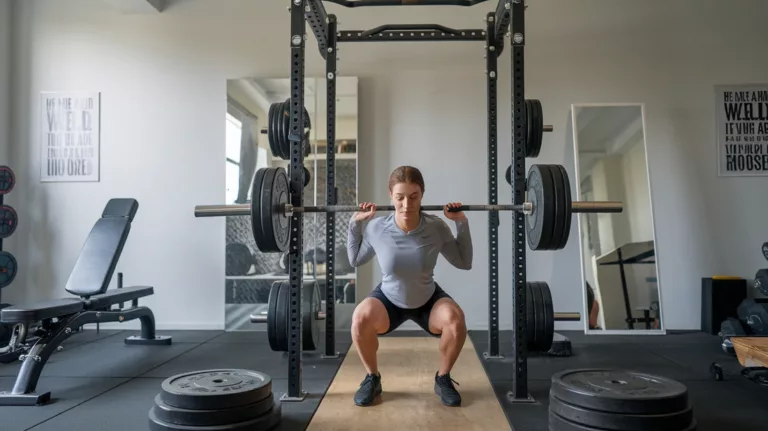Your home leg exercise equipment is a valuable tool in your fitness journey.
To ensure it continues to serve you well, proper maintenance is essential.
Proper maintenance is essential to ensure your equipment continues to perform well, minimize the risk of injury, and avoid costly repairs.
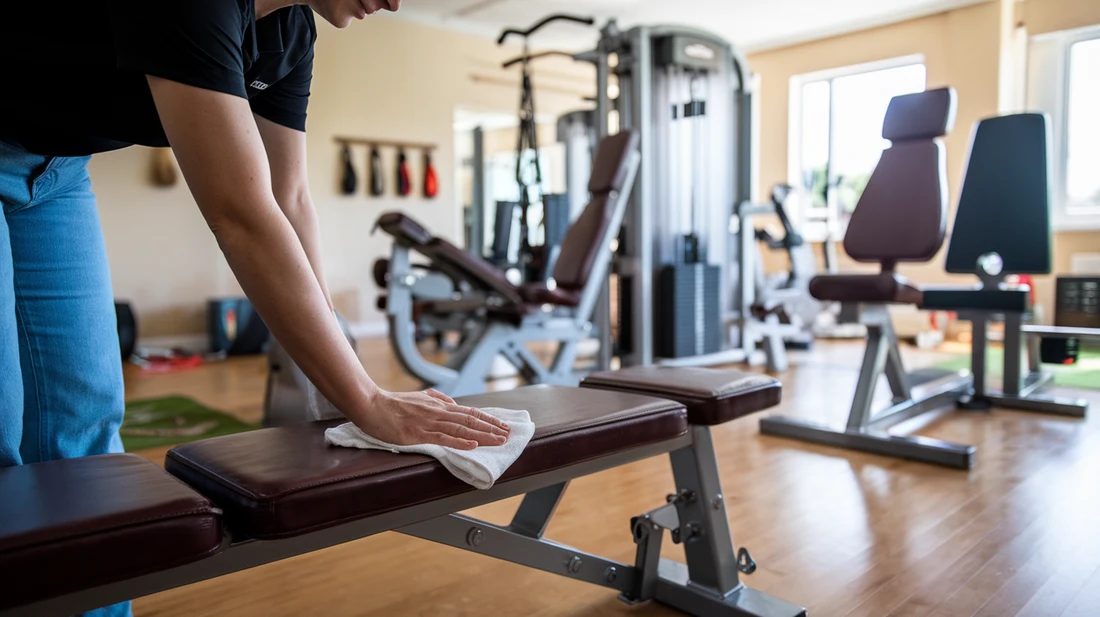
In this guide, we’ll dive into practical tips and tricks to keep your home gym in top shape.
From cleaning and storage to troubleshooting and preventative maintenance, we’ve got you covered.
Let’s keep your workout routine smooth and effective!
Cleaning Your Home Leg Exercise Equipment
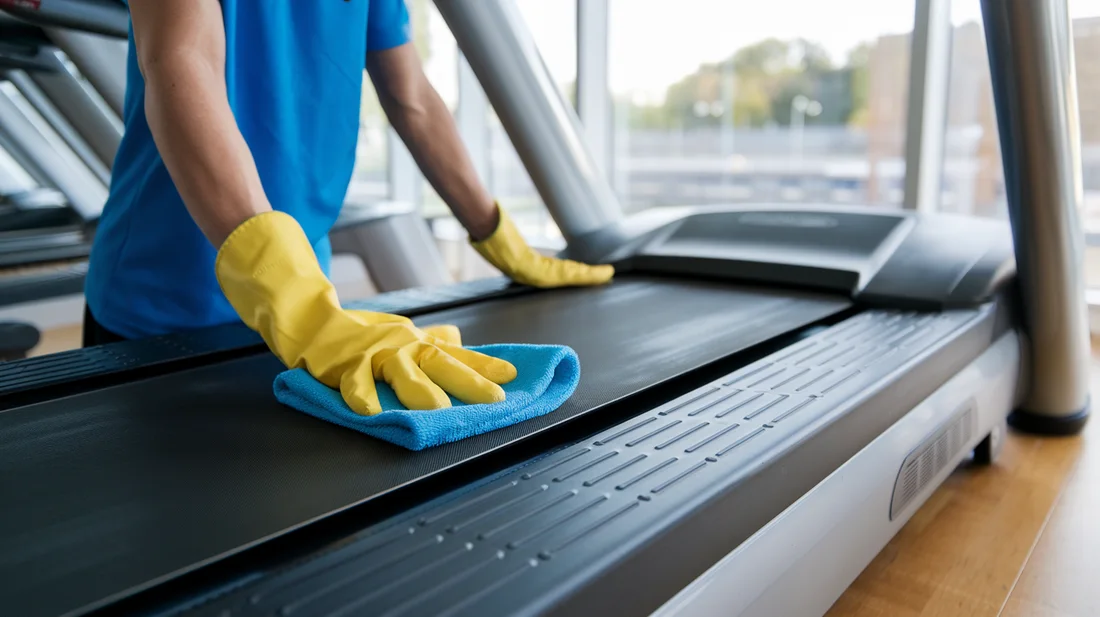
Keeping your home gym equipment clean is essential for maintaining its performance, extending its lifespan, and ensuring a hygienic workout environment.
By following a few simple cleaning tips, you can keep your equipment in top shape.
Why Clean Your Home Gym Equipment?
Keeping your home leg exercise equipment clean is crucial for several reasons:
- Hygiene: Regular cleaning prevents the growth of bacteria and fungus, ensuring a hygienic workout environment.
- Longevity: Dirt, sweat, and grime can accelerate wear and tear on your equipment, reducing its lifespan.
- Aesthetics: A clean gym looks more inviting and can motivate you to work out more frequently.
Cleaning Tips
- Use Gentle Cleaners: Opt for mild detergent and warm water. Avoid harsh chemicals that can damage the materials of your equipment.
- Wipe Down After Each Use: Make it a habit to wipe down your equipment with a clean cloth after each workout. This removes sweat and grime, preventing buildup.
- Target High-Touch Areas: Pay special attention to high-touch areas like handles, seat cushions, and resistance bands. These areas are prone to bacterial growth.
- Regular Deep Cleaning: Schedule a deep cleaning session every few months to remove stubborn dirt and grime.
Recommended Cleaning Products
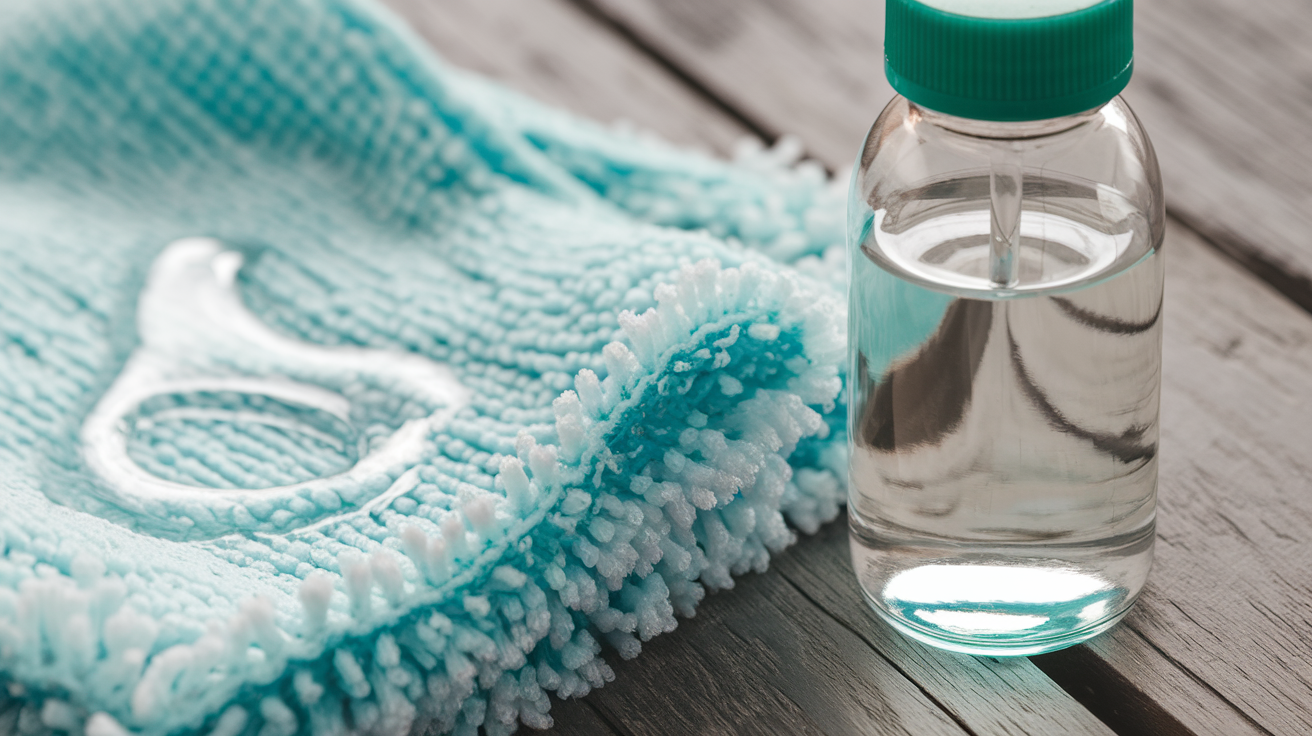
- All-Purpose Cleaner: A versatile cleaner that can tackle most surfaces.
- Disinfectant Wipes: Ideal for quickly sanitizing high-touch areas.
- Microfiber Cloths: Gentle and effective for cleaning without scratching.
By following these simple cleaning tips, you can keep your home leg exercise equipment clean, hygienic, and in optimal condition.
Proper Storage for Your Home Leg Exercise Equipment

Proper storage not only keeps your home gym organized but also extends the life of your equipment.
By following these storage tips, you can protect your investment and ensure your workout space is always ready for action.
Space-Saving Tips
- Wall-Mounted Solutions: Utilize wall-mounted storage racks to maximize floor space and keep smaller equipment like resistance bands and exercise balls organized.
- Stacking Weights and Plates: Neatly stack weights and plates to save space and prevent damage. Consider using weight storage racks for efficient organization.
- Storage Benches: Invest in a storage bench with built-in storage compartments to keep your equipment tidy and easily accessible.
Protecting Your Equipment
- Cool, Dry Storage: Store your equipment in a cool, dry place to prevent damage from moisture and extreme temperatures.
- Protective Covers: Use protective covers to shield your equipment from dust, dirt, and moisture when not in use.
- Avoid Harsh Environments: Keep your equipment away from direct sunlight, heat sources, and excessive humidity to maintain its quality.
By following these storage tips, you can protect your investment and ensure your home gym remains organized and ready for your next workout.
Regular Maintenance for Your Home Leg Exercise Equipment
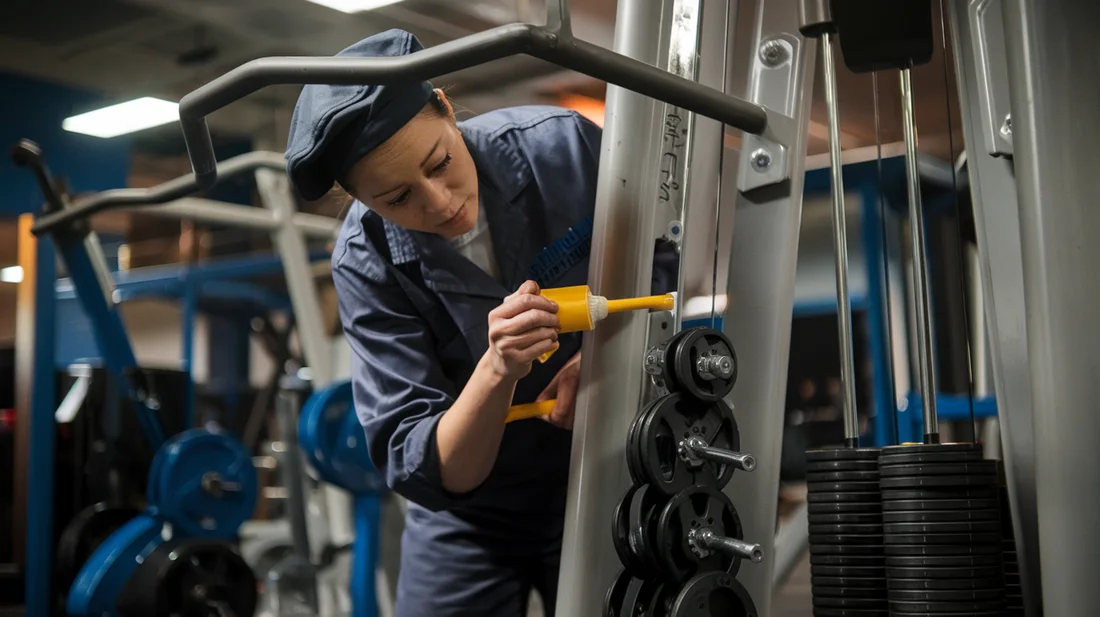
Regular maintenance is crucial to keep your home gym equipment functioning optimally and safely.
By following these maintenance tips, you can extend the life of your equipment and prevent potential injuries.
Safety Precautions
- Disconnect Power Sources: Always disconnect your equipment from the power source before performing any maintenance.
- Use Proper Tools: Use the appropriate tools for the task to avoid damage to your equipment.
- Avoid Risky DIY Repairs: If you’re unsure about a repair, consult a professional technician.
Lubrication
- Targeted Lubrication: Apply a light lubricant to moving parts such as hinges, pulleys, and cables. This reduces friction and ensures smooth operation.
- Avoid Over-Lubrication: Too much lubricant can attract dust and dirt, leading to increased maintenance.
Checking for Wear and Tear
- Regular Inspection: Regularly inspect cables, belts, and other components for signs of wear, fraying, or damage.
- Tightening Loose Parts: Tighten any loose bolts, screws, or nuts to prevent further damage and ensure stability.
- Prompt Replacement: Replace worn or damaged parts promptly to avoid potential injuries and equipment failure.
DIY Repairs vs. Professional Service
- Basic Repairs: Many basic repairs, such as replacing cables or tightening bolts, can be performed at home with basic tools.
- Complex Repairs: For complex repairs or electrical issues, it is advisable to consult a qualified technician to ensure safety and proper functionality.
Troubleshooting Common Issues
- Squeaking Noises: Identify the source of the noise and lubricate the moving parts.
- Sticking Mechanisms: Clean and lubricate the affected parts.
- Uneven Resistance: Check the adjustment mechanisms and ensure they are functioning properly.
- Electrical Issues: Consult a professional technician for any electrical problems.
Exercise-Specific Equipment Care
Different types of leg exercise equipment have unique maintenance needs.
By providing specific care, you can ensure optimal performance and longevity.
Let’s delve into the specific care requirements for popular leg exercise equipment:
- Squat Rack: Lubricate the pins and collars, check for stability, and clean the upholstery.
- Leg Press Machine: Lubricate the sliding mechanism and pivot points, check for loose bolts and screws, and clean the upholstery.
- Calf Raise Machine: Lubricate the pivot points and roller pads, check for loose bolts and screws, and clean the upholstery.
Here’s an expanded table including more common home leg exercise equipment:
| Equipment Type | Maintenance Tips |
|---|---|
| Treadmill | Lubricate the walking belt, clean the deck, check belt alignment. |
| Exercise Bike | Clean the chain and gears, adjust the seat and handlebars, check the resistance mechanism. |
| Elliptical Trainer | Lubricate moving parts, clean the foot pedals and handles, check the stride length. |
| Weight Machines | Lubricate cables and pulleys, check for loose bolts and screws, clean the upholstery. |
| Leg Press | Lubricate the sliding mechanism, check for loose bolts and screws, clean the upholstery. |
| Leg Extension and Leg Curl Machines | Lubricate the pivot points, check for loose bolts and screws, clean the upholstery. |
| Resistance Bands and Tubes | Clean with mild soap and water, inspect for wear and tear, store in a cool, dry place. |
| Kettlebells and Dumbbells | Clean with mild soap and water, inspect for cracks or chips, store in a safe, organized manner. |
By following these maintenance tips, you can extend the life of your home leg exercise equipment and enjoy a safer, more effective workout.
Budget-Friendly Maintenance for Your Home Leg Exercise Equipment
Keeping your home gym equipment in top shape doesn’t have to be expensive.
By using household items and affordable maintenance techniques, you can extend the life of your equipment and ensure optimal performance.
DIY Cleaning Solutions
- Vinegar and Water: A powerful cleaning solution that can effectively clean mirrors and chrome surfaces.
- Baking Soda: A natural abrasive that can remove stains and odors from fabric and rubber components.
Affordable Replacement Parts
- Online Retailers: Explore online retailers for discounted or generic replacement parts.
- Generic or Off-Brand Parts: Consider purchasing generic or off-brand parts as a cost-effective alternative to original equipment manufacturer (OEM) parts.
Preventive Maintenance Tips
- Avoid Overloading: Overloading your equipment can lead to premature wear and tear.
- Follow Weight Limits: Adhere to the manufacturer’s recommended weight limits to prevent damage.
- Proper Form and Technique: Using correct form and technique can reduce strain on your equipment and prolong its lifespan.
By implementing these budget-friendly maintenance tips, you can keep your home leg exercise equipment in top condition without breaking the bank.
Frequently Asked Questions (FAQs)
How often should I clean my home gym equipment? It’s recommended to wipe down your equipment after each use to remove sweat and grime. For a deeper clean, schedule a more thorough cleaning session every 1-2 weeks.
What are some common mistakes people make when maintaining home gym equipment?
- Neglecting regular cleaning: Failing to clean your equipment regularly can lead to bacterial growth and decreased performance.
- Overloading equipment: Exceeding weight limits can damage your equipment.
- Improper storage: Storing equipment in damp or humid conditions can accelerate deterioration.
How can I prevent rust and corrosion on my equipment?
- Keep it dry: Store your equipment in a dry place and wipe it down after each use.
- Use rust inhibitors: Apply a light coat of rust inhibitor to metal components.
- Avoid harsh chemicals: Harsh chemicals can strip protective coatings and accelerate corrosion.
User Testimonials
“Since I started following these maintenance tips, my home gym equipment looks and performs like new. It’s amazing how a little effort can make such a big difference.” – John D.
“I used to dread cleaning my home gym, but these tips have made it so much easier. My workouts are more enjoyable now that my equipment is clean and well-maintained.” – Sarah M.
Key Takeaways
To recap, here are the key takeaways to maintain and care for your home leg exercise equipment:
- Regular Cleaning: Wipe down equipment after each use and deep clean regularly to prevent bacterial growth and maintain appearance.
- Proper Storage: Store equipment in a cool, dry place, use protective covers, and utilize space-saving storage solutions.
- Regular Maintenance: Lubricate moving parts, inspect for wear and tear, and tighten loose components.
- Budget-Friendly Tips: Use DIY cleaning solutions, consider generic or off-brand replacement parts, and follow preventive maintenance tips.
Recommended Amazon Products for Home Gym Maintenance
To make your home gym maintenance routine even easier, we’ve curated a list of recommended products available on Amazon.
Cleaning Products
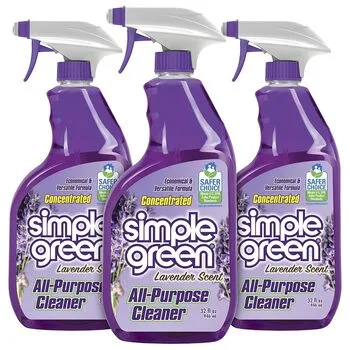
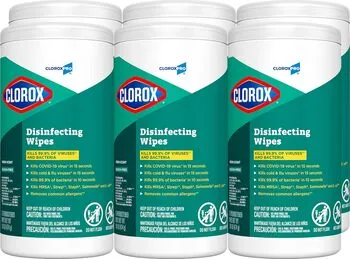
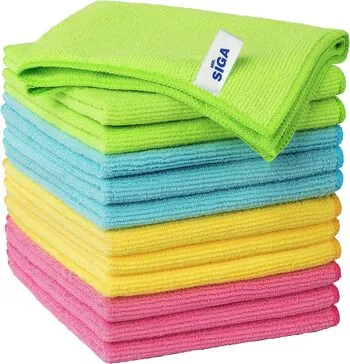
Storage Solutions
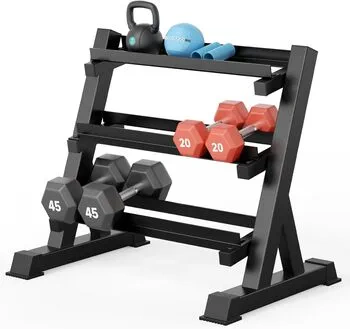
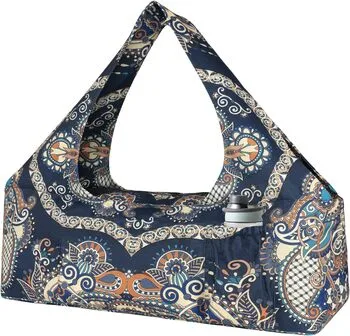
Maintenance Tools
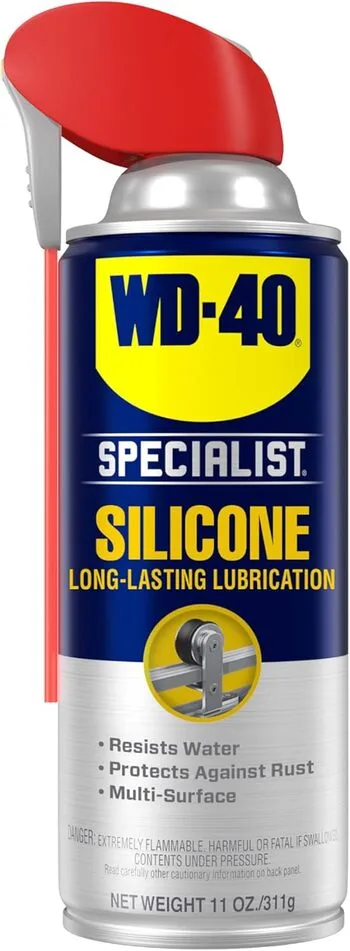
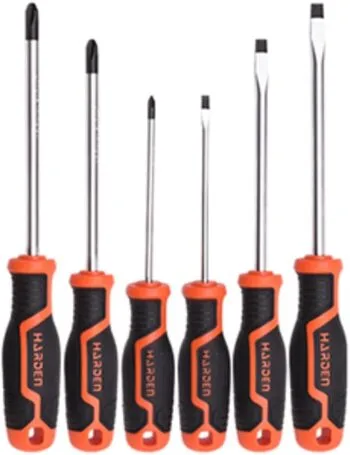

Conclusion
By following these simple maintenance tips, you can extend the life of your home leg exercise equipment, ensure optimal performance, and create a safe and hygienic workout environment.
Remember, a well-maintained home gym is an investment in your health and fitness goals.
Sustainability Considerations
- Eco-Friendly Cleaning Products: Use natural cleaning agents like vinegar and baking soda.
- Responsible Disposal: Dispose of old equipment responsibly, such as recycling metal components or donating to charity.
- Durable and Long-Lasting Products: Invest in high-quality equipment that is built to last.
So, what are you waiting for?
Start implementing these tips today and enjoy a long-lasting, efficient, and enjoyable workout experience.

